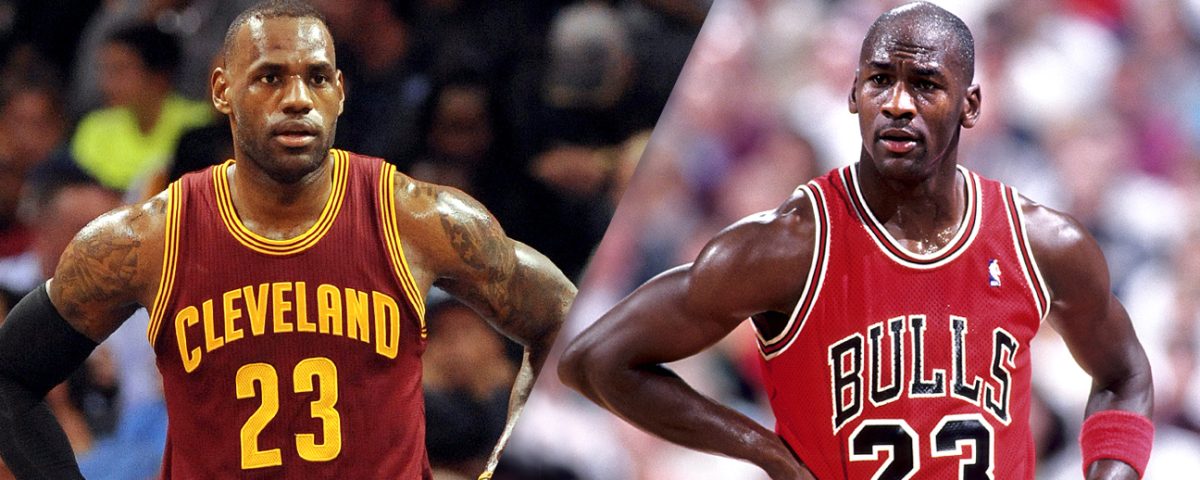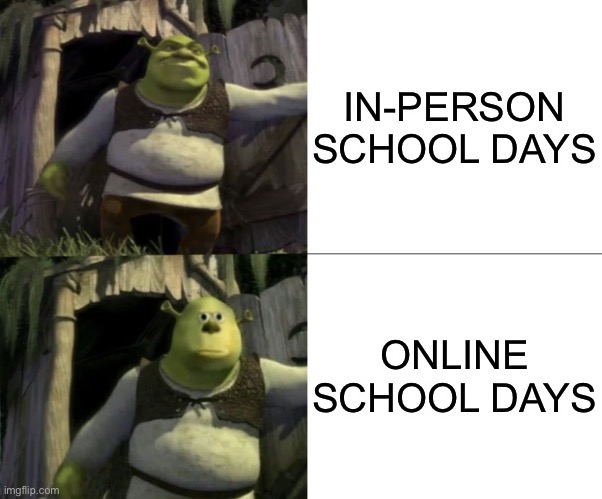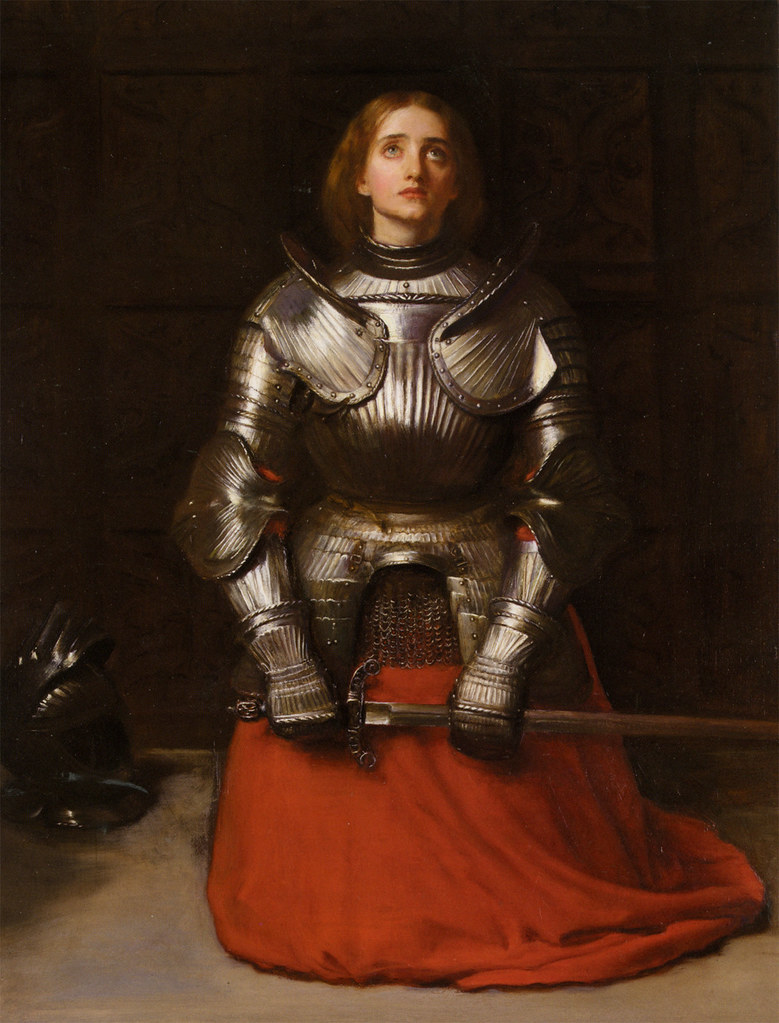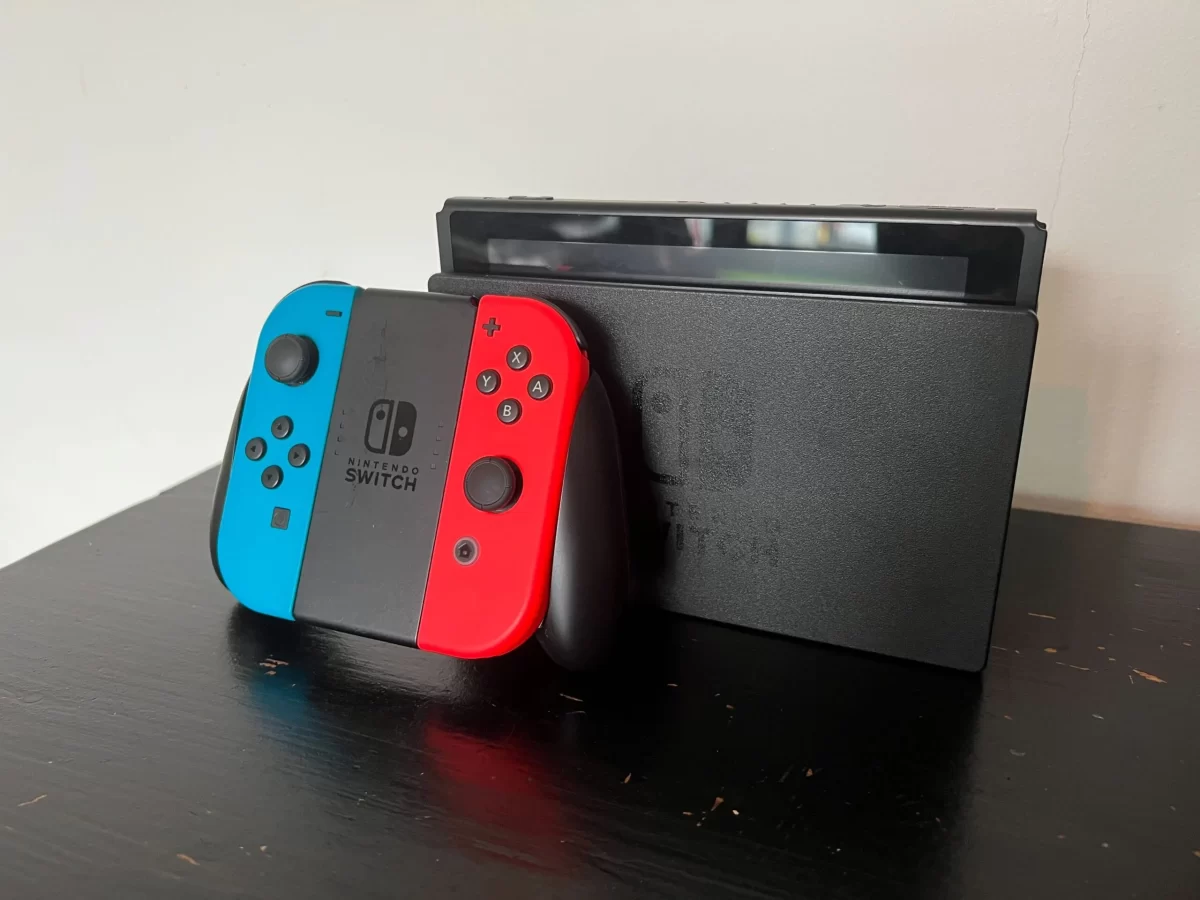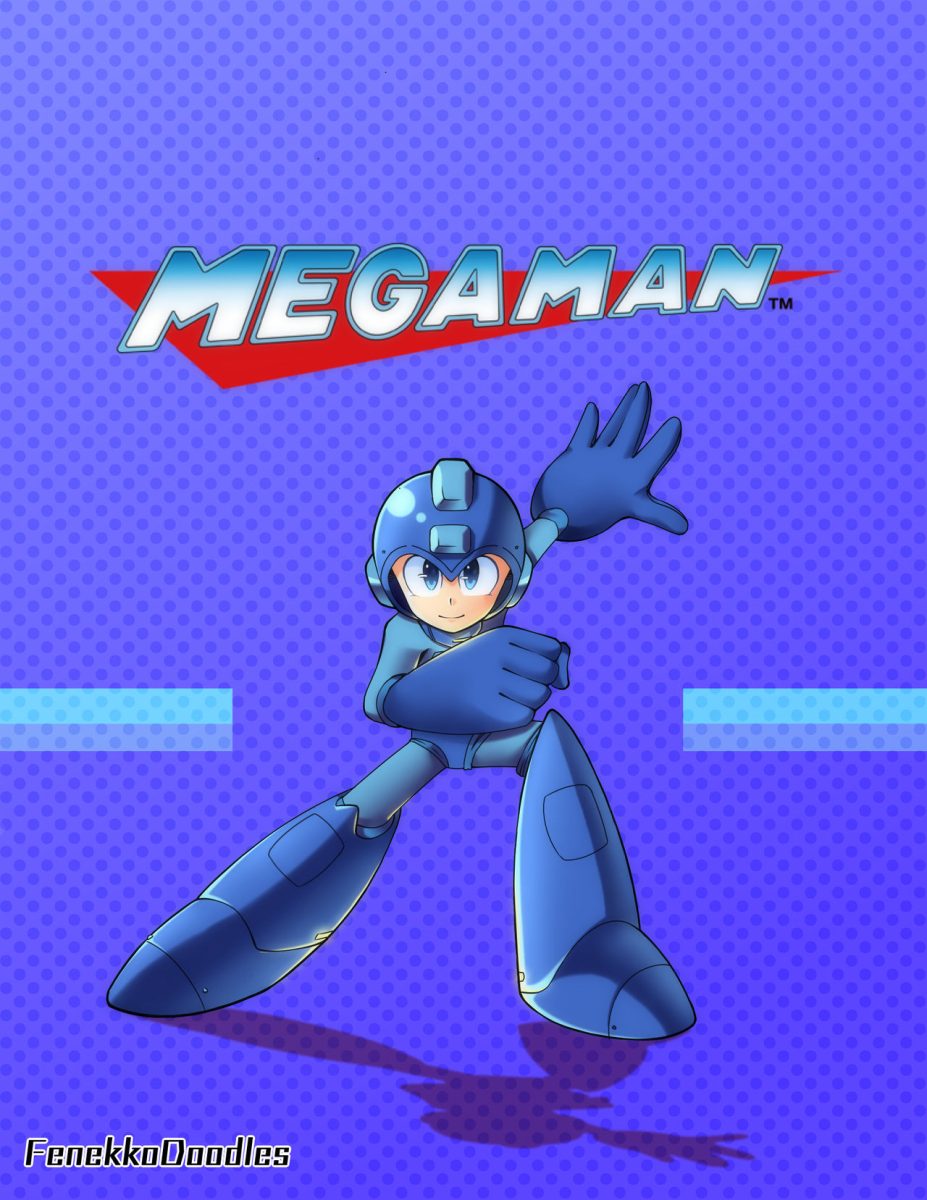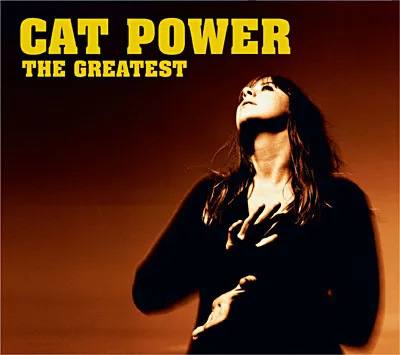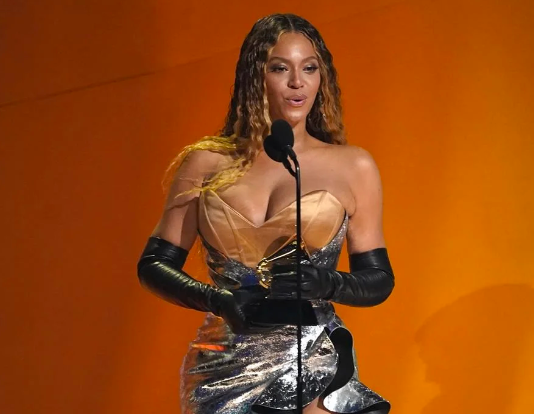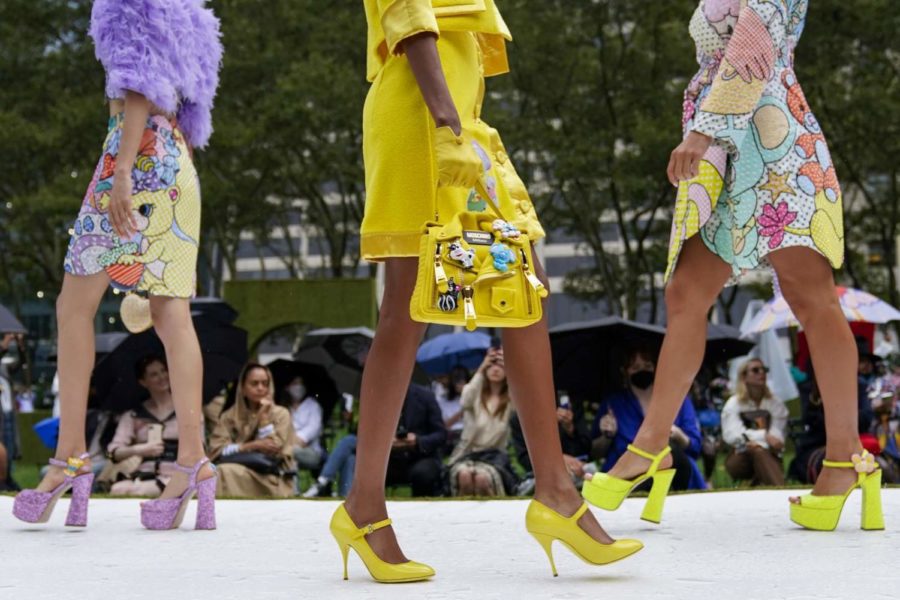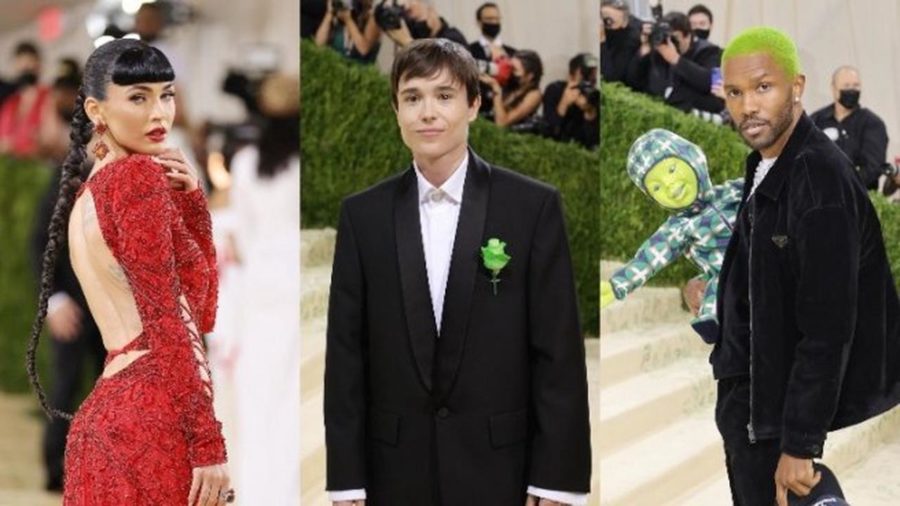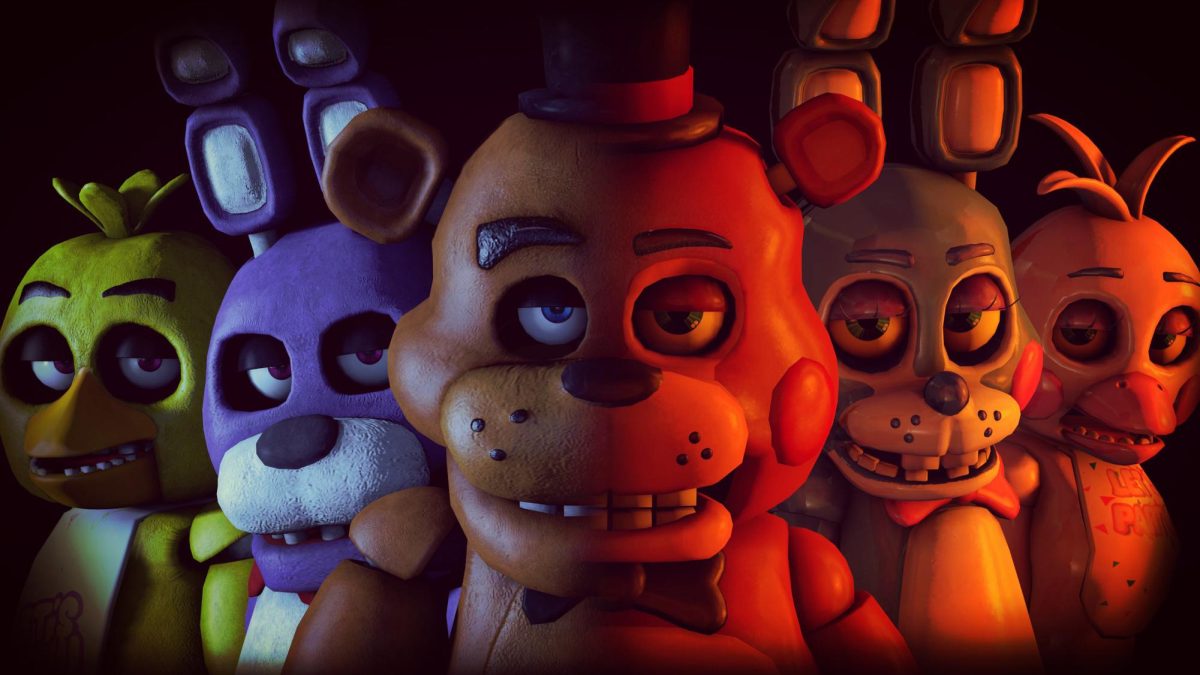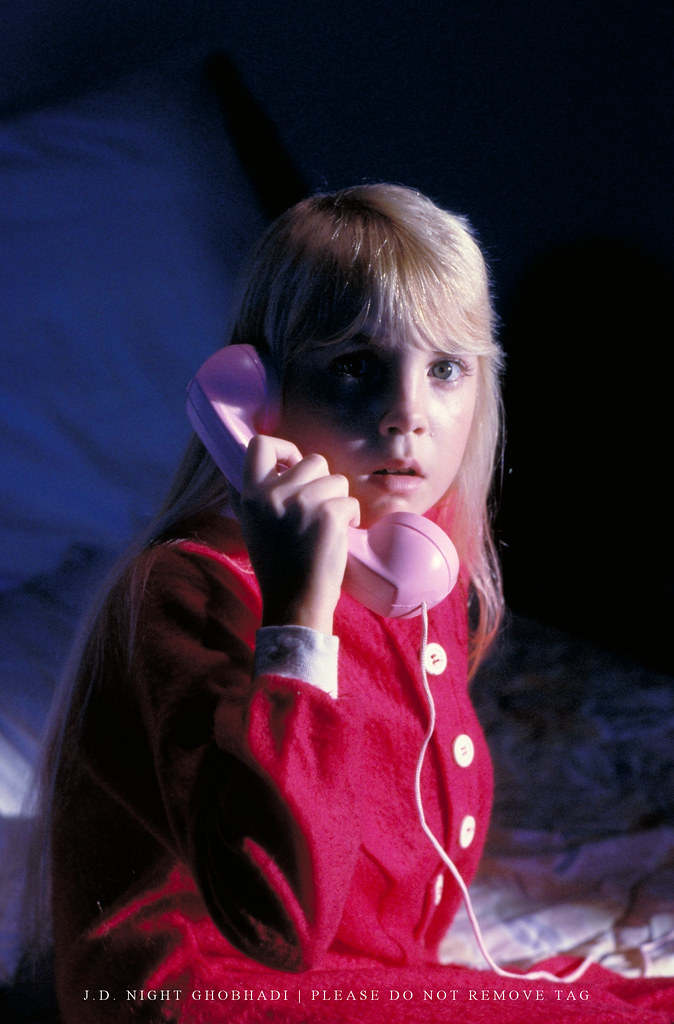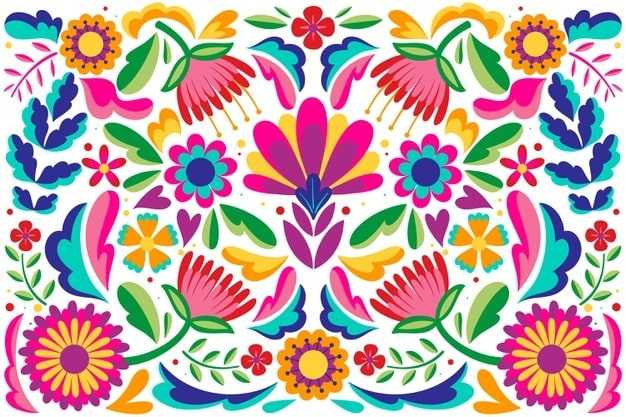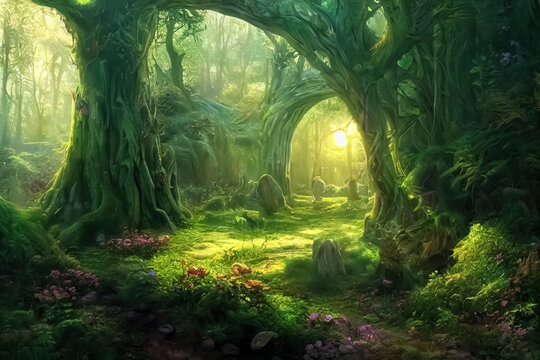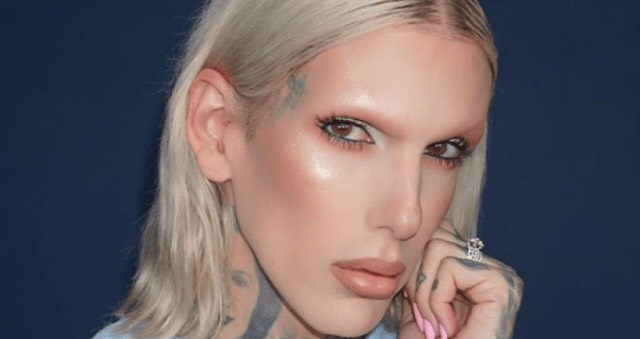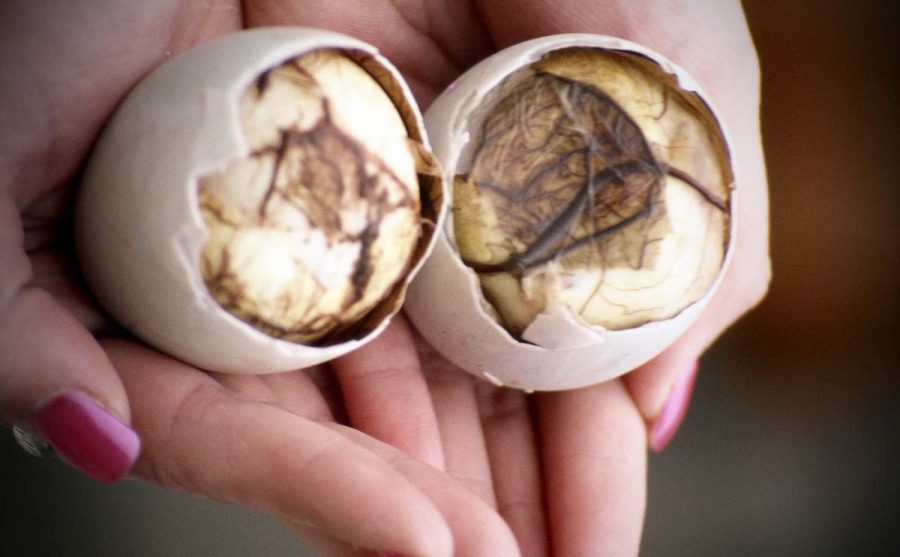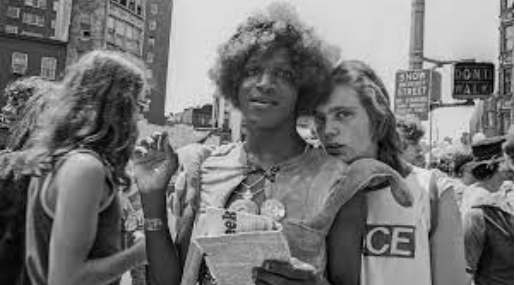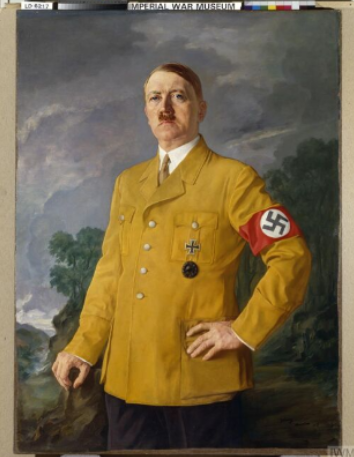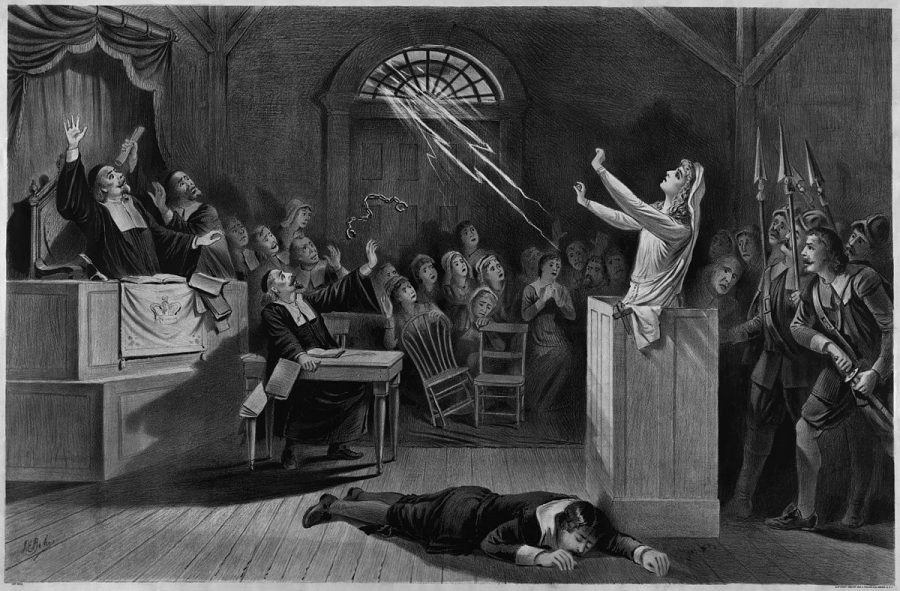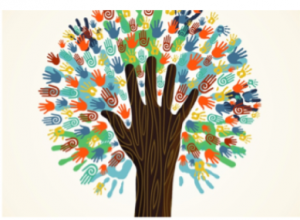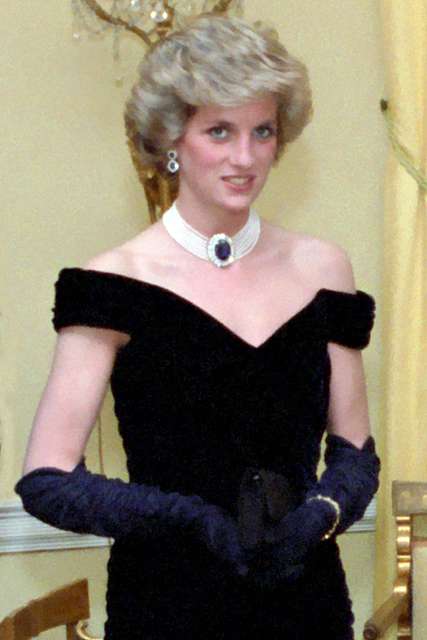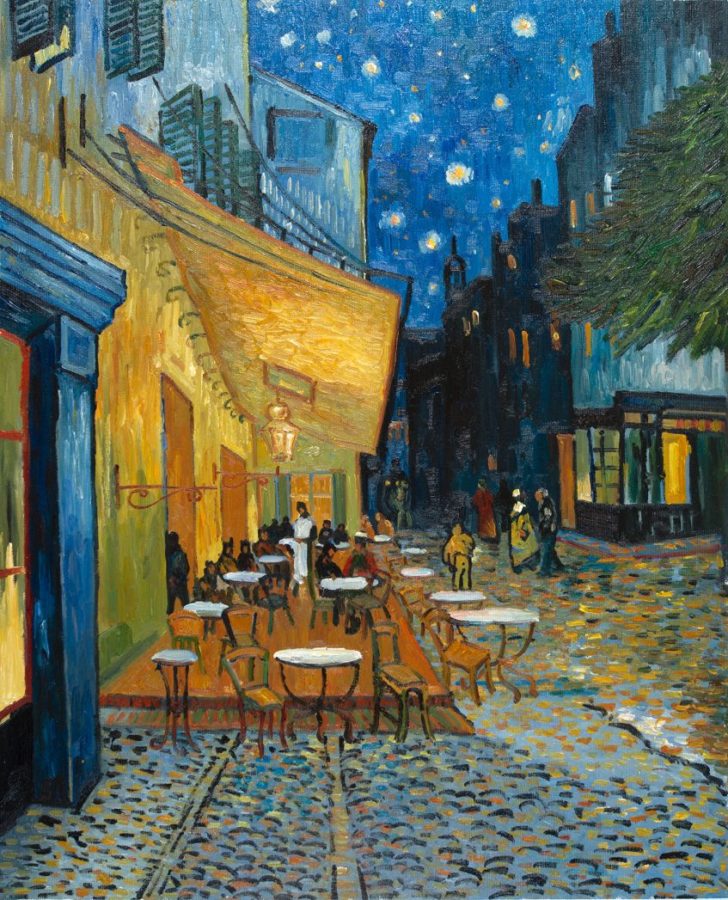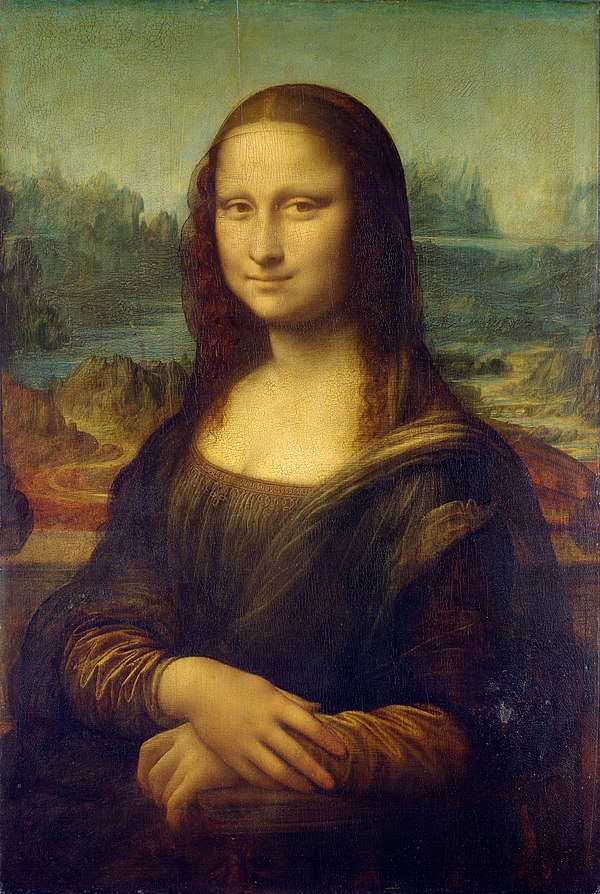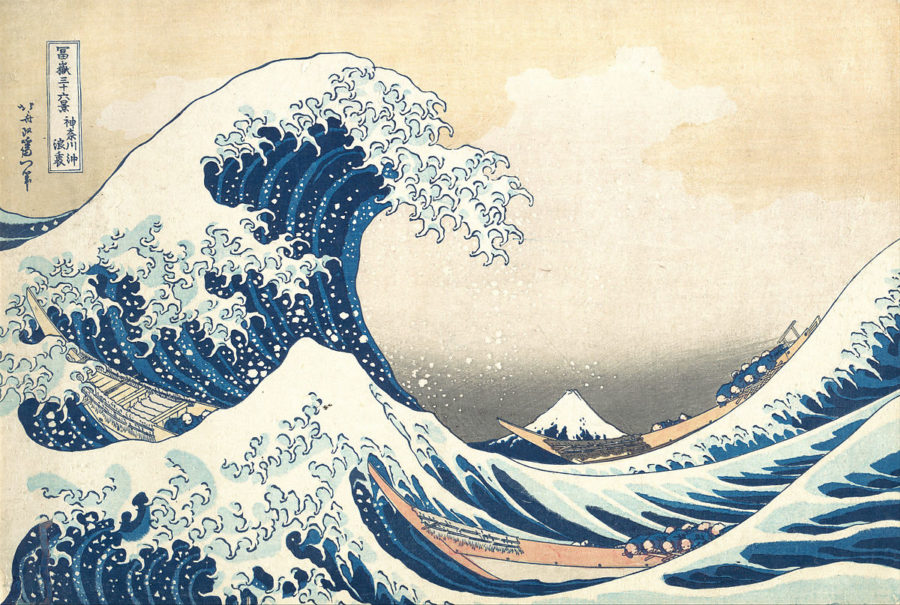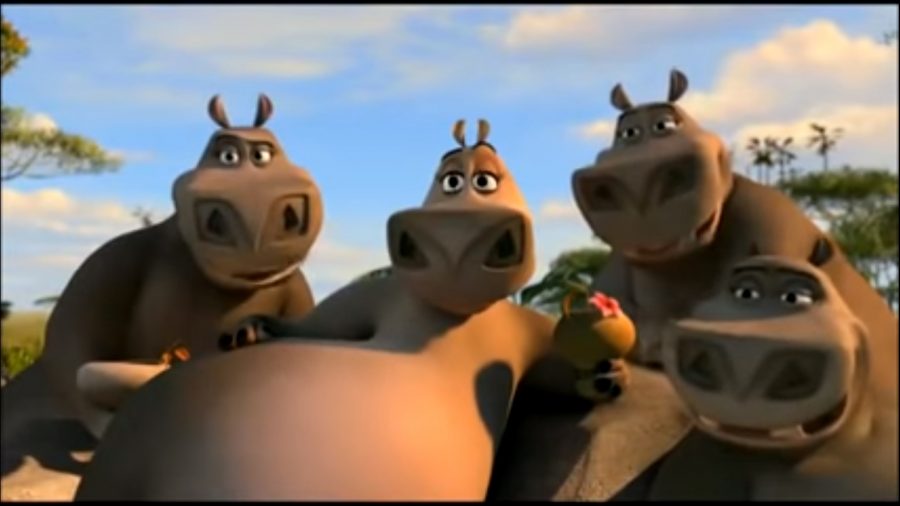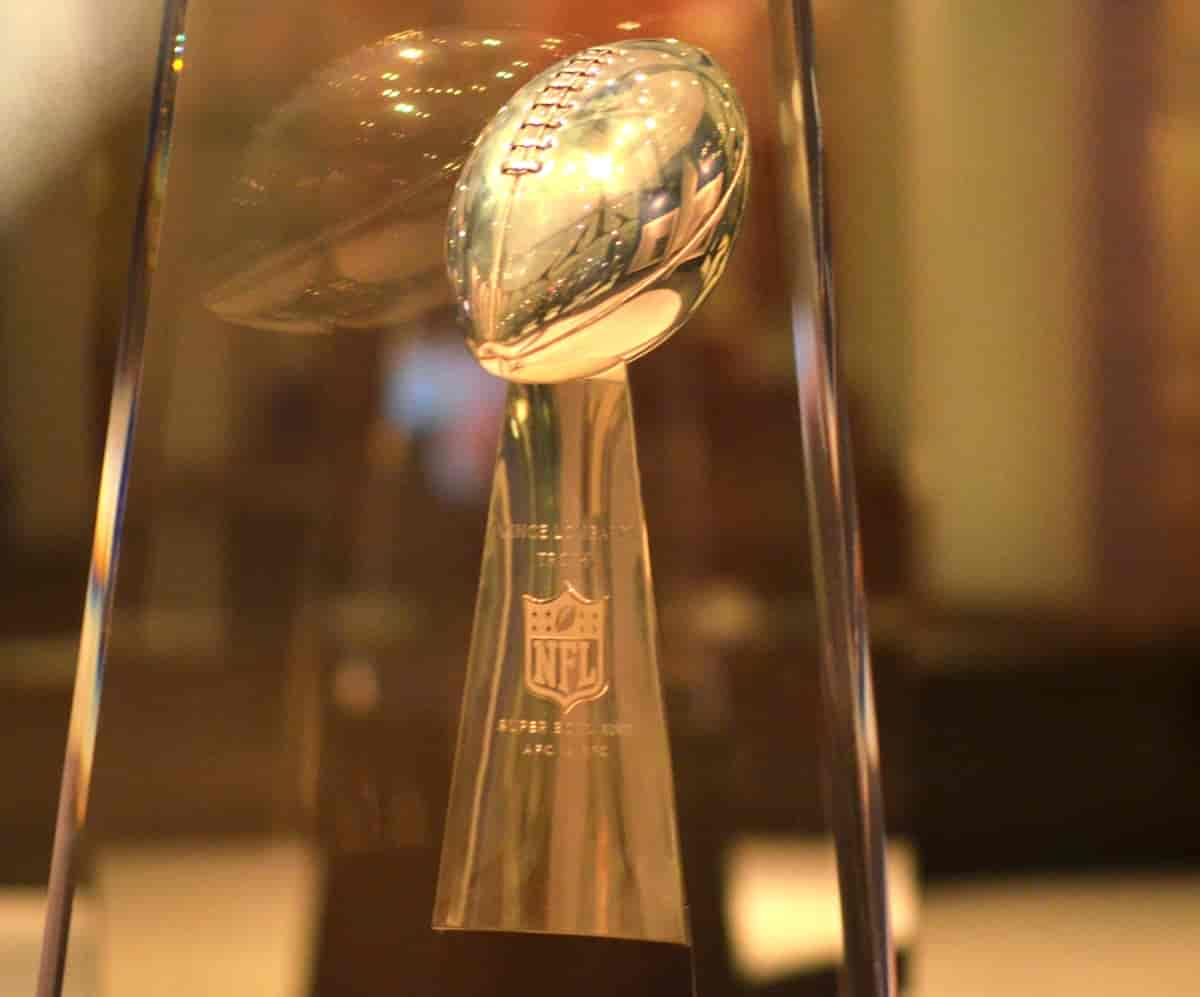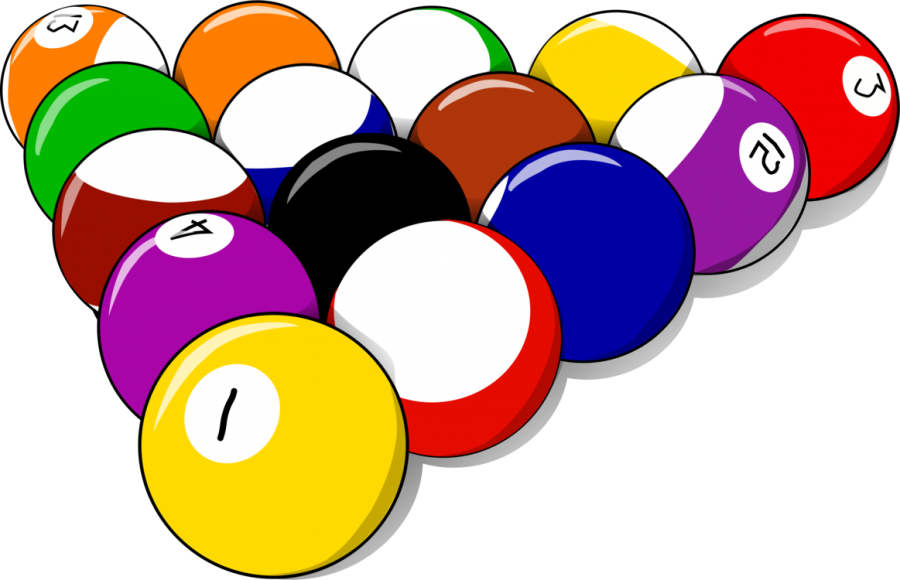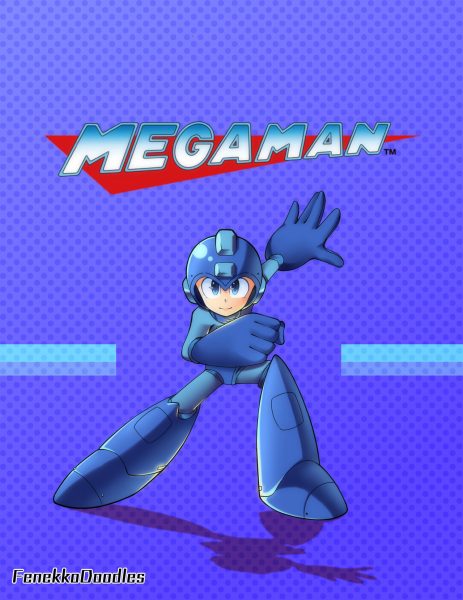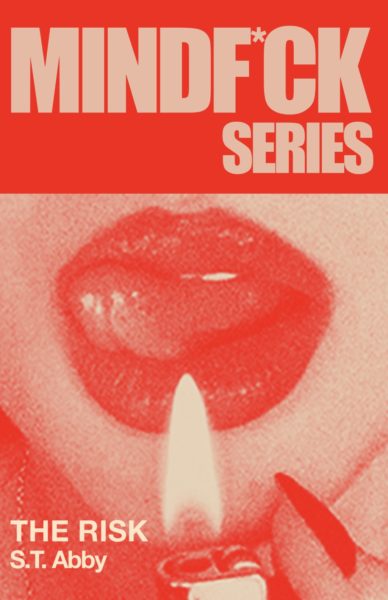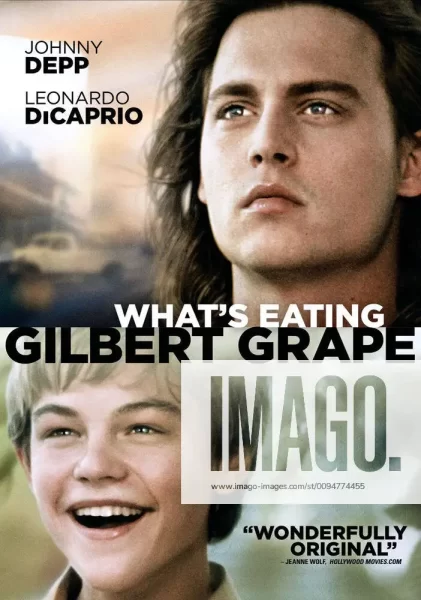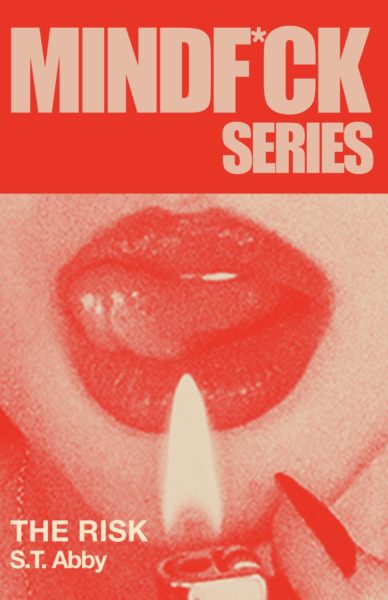Modern Racism

Image via The Pitt News
February 1, 2022
Whitewashing seems to be the biggest problem in the artist world as well as for the film industry. Whitewashing is cheap white paint or coating that is used to quickly give a white appearance to a wide variety of surfaces. However, whitewashing in the modern-day takes a new definition: changing features of POC’s into white characteristics. This technique is often seen in the artist world; many discourage this technique and rightfully so.
To further beliefs, this technique is viewed as racist. For example, franchises have created and invented their own characters with their own unique identification signature. Often these popular, loved characters are depicted as white. As my other article states, not many POCs are shown in popular franchises. This doesn’t go towards all franchises. POCs are given representation in a few video games let alone movies. However, with these small representations, it’s frequent how often white or non-colored people will often go out of their way to whitewash these beloved characters. Often thinking in “making them better,” commonly with the mindset that whites are normal and any other form of difference is wrong, thus making it racist.
Whitewashing goes into many forms; it can be subtle, like changing ethnic features or a huge difference such as changing the skin tone completely. It can be hard to determine a skin color for a character who’s non-human. Like Darwin from Amazing World Of Gumball, an orange fish with two legs. He is often shown and promoted by his franchise to be black. Yet other franchises might have a non-human character without any form of promotion to its skin color. Such as Roxxy, a gray wolf animatronic, in Five Nights at Freddy’s: Security Breach, released in 2021. Roxxy is a participant in a band with other animatronics. Many have made the assumption that she could be Latina.
How would artists draw these beloved characters as humans? It’s best not to, unless with the knowledge of how to correctly do color theory. There are different methods for finding out a character’s color. Such as using an eyedropper and selecting the original tone and then matching it to different skin tones in black and white.
Before the franchise of Amazing World of Gumball, many already associated Darwin to be black. However, some didn’t, but that all changed when franchises promoted his skin color. When a franchise promotes a character to be POC, we must respect it out of lack of representation. However, when there’s a white character and an artist interprets the character to be more POC in their art, it’s acceptable. This is for the reason of searching for comfort in the character or show. The whole problem is wrapped around the lack of representation and the lack of respect coming from, the majority being, white people.
As Stan Lee once said, “What I like about the costume is that anybody reading Spider-Man in any part of the world can imagine that they themselves are under the costume. And that’s a good thing.” Anyone can be Spiderman, even though he’s been portrayed to be white throughout the years. Spider-Man: Into the Spider-Verse changed and reinforced Stan Lee’s words. As Marvel has many and thousands of different alternative universes, anyone can be Spiderman. Although, not many franchises are the same, and if all the characters you’ve drawn happen to be white, that speaks more of what your true intentions are.




